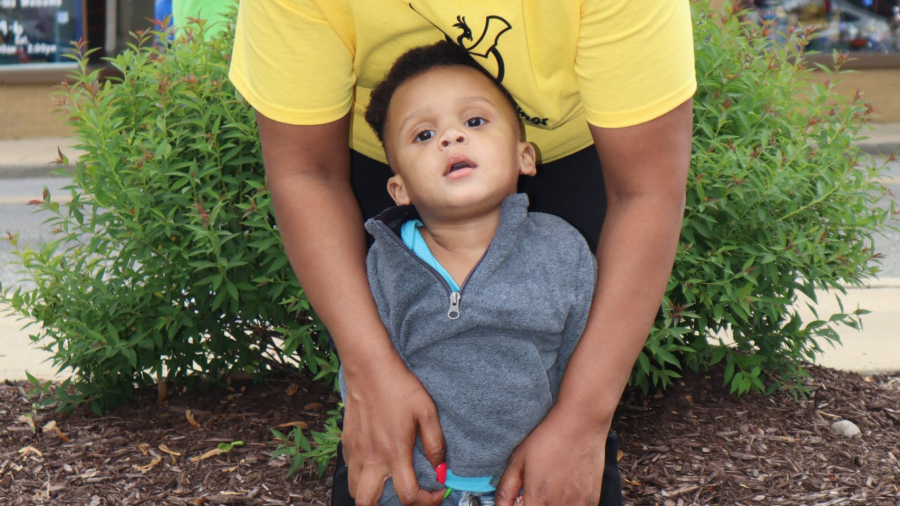Environments for Young Children
By Aja K. Ellington
Appropriate indoor/outdoor environments for young children promote their health and keep them safe. Environments should be tied to the children’s developmental characteristics. The environment should be viewed from a child perspective; see, touch, climb, examine, and explore. To have the knowledge on safe, healthy, and appropriate indoor and outdoor environments for young children is very important. Individuals who plan to work with children/youth or are currently working with youth need to understand the material so that it can be recognized whether or not youth/children environments are appropriate, healthy, and safe. It is also important for me to understand the environment information so that individuals can continue to put it to use in the current work field. It is important to arrange the indoor and outdoor environment to ensure health and safety. It is important to have the ability to select materials and equipment that match children’s backgrounds, abilities, skills, needs, and interests. Parent involvement is also critical when creating appropriate environments and selecting and utilizing materials and equipment that encourage children’s development.
To ensure a safe environment, it is important to recognize that the equipment is used by several children, therefore items should be sturdy, in good repair, free from splinters and peeling paint, and sized for the children enrolled. Regular safety checks should be completed. To insure a healthy and safe environment for young children’s growth and development in an environment should consist of:
- Walls free of lead paint
- Pictures hung on the wall at children’s eye level
- Safety gates to block off areas that are not safe for children
- Low shelves where children can reach for a variety of materials and toys
- Items like those found at home such as; pots, curtains, a rocking chair.
- Covers on electrical outlets
- Music and other sounds
- People, who talk to children, respond to their needs, and help children feel valued and loved

Equipment and materials available for young children’s use should reflect their backgrounds, families’ cultures, and communities. Dress-up clothes and props should reflect children’s ethnic cultural backgrounds and languages spoke at home. Materials should match children’s individuals and developmental skills and interests. Materials in an environment indoor/outdoor should offer children challenges; but not challenges to frustrate them. Research states that children love to take on challenges and feel accomplished and successful; it leads them to feel eager to take on new challenges. Examples of equipment and materials that should be available for young children are as follows:
- Recordings
- Books
- Posters
- Signs
- Recipes
Space is another key factor when working with children’s environments indoor and outdoor. Children in Head start and centers for children should have outdoor play, but even with having outdoor play the indoor environment should have a great deal of space for the children to move their bodies and use their large motor skills.
- Hula hoops
- Streamers to dance with
- Tumbling mats
- Indoor climbers
- Cardboard cartons to crawl through
- Rocking boats
These materials encourage children to use and develop physical skills. Outdoors should consist of an open area with a smooth surface (vinyl, wood, blacktop) for using wheeled toys. Children should be able to move indoor and outdoor without bumping into one another. Environments should have access to the outdoors (patio, park, backyard). Outside areas should consist of tables and chairs sized for the appropriate age group (eye level). The indoor/outdoor environments should be changed with the children’s’ growth.

